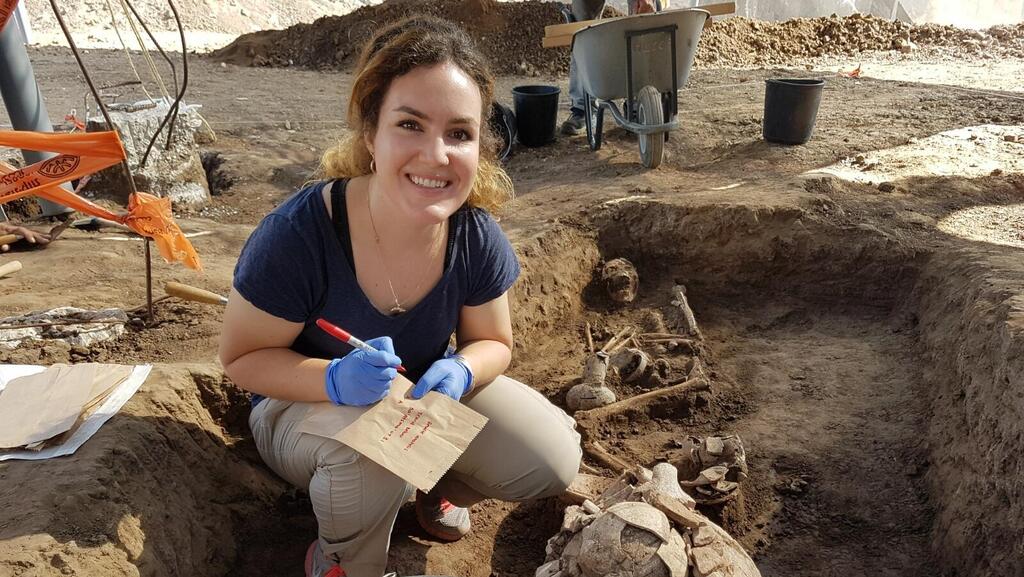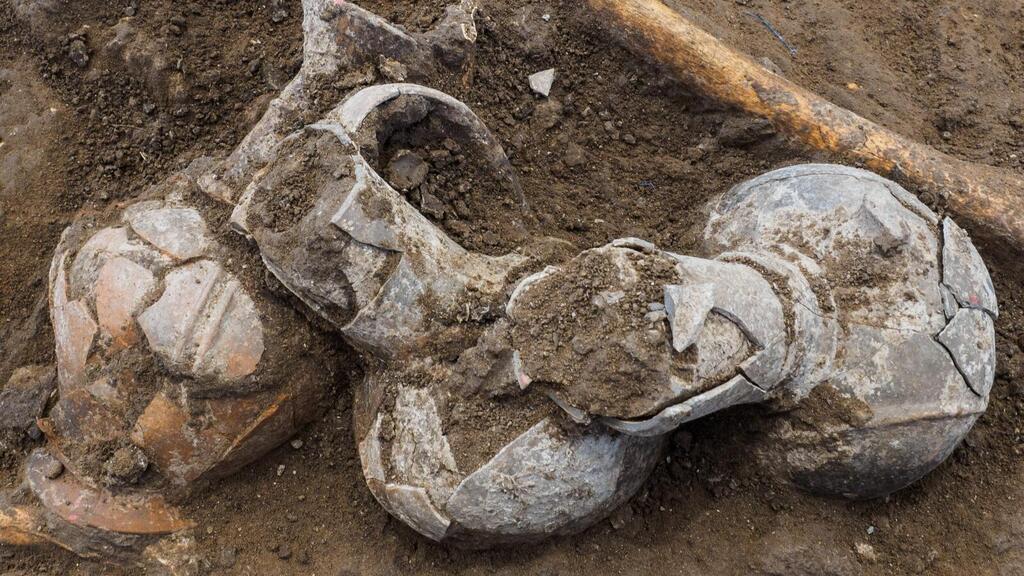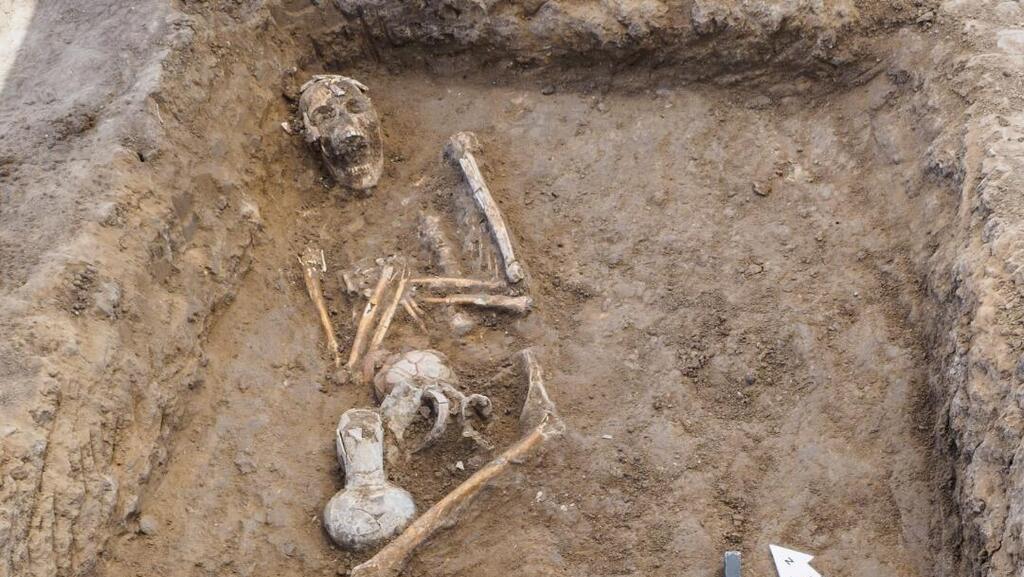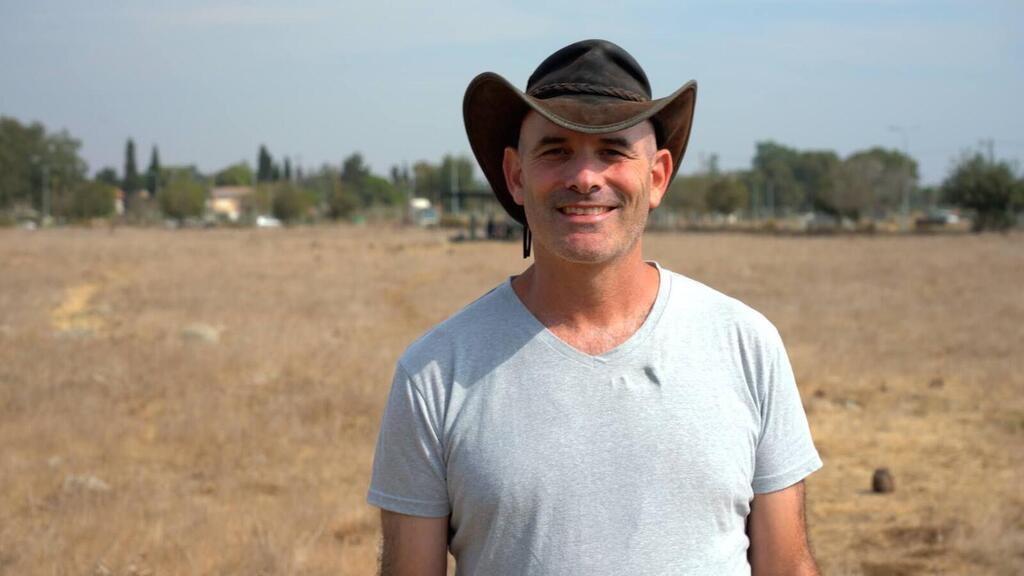In an unusual discovery, traces of opium from 3,300 years ago have been found in central Israel, archeology officials said Tuesday.
The psychoactive drug was found in earthenware excavated during an archeological dig in Yehud. According to researchers, this indicates the oldest testament of psychoactive drug use in modern day Israel, and maybe in the world.
Research of the discovery is being conducted by Venessa Linars, Prof. Oded Lipshitz and Prof. Yuval Gadot from Tel Aviv University’s archeology department. Ariola Yekuel and Dr. Ron Beeri from the Israel Antiquities Authority (IAA), and Prof. Roni Noiman from Weizmann Institute of Science also contributed to the research, which was published in the Archaeometry peer-reviewed journal journal.
The dig also uncovered several Canaanite tombs dating back to the late Bronze Age.
Alongside the tombs, tools and earthenware were found - placed there to aid the soul in the afterlife. Among the earthenware, pots made in Cyprus dating to the 14th century BC were found, which were probably used in local death rituals.
The Tel Aviv University and the IAA said the discovery confirms that opium trade played a large role in Levant cultures of the era.
Similar earthenware was located in the 19th century, shaped similarly to a closed poppy flower, from which opium is made. Researches then assessed the earthenware was used as containers for the drug.
New technology, allowing for organic residue analysis, found opium remains in eight of the earthenware pots found in Yehud. This is the first time on record that traces of opium were found in earthenware pots, and is the earliest on record proof that hallucinogenic drugs were used in the Middle East
Dr. Ron Beeri from the IAA said: “It could be the case that family members would seek to channel the spirit of the dead via a magical ceremony held by a priest, and would use opium to do so. The opium could’ve also been placed next to the tomb to aid the spirit to rise from the tomb towards the afterlife.”
Linars explained the significance of the find. “This is the only psychoactive drug located in the Levant dating to the late Bronze Age. Remnants of marijuana were also found in Israel in 2020, but they’re believed to be from the Iron Age, hundreds of years later.”
She added: “Since the opium was found at a burial site, it gives us a rare glimpse into funerary rites of the ancient world. We’re not sure what part opium played back then, and whether it were presented to the dead or used by local priests for ceremonies.
“The find also helps us understand the opium trade in the Levant during that time. Opium is made from poppy flowers, which grow in modern day Turkey, and the earthenware where we located the opium came from Cyprus. The opium was most likely imported from Turkey via Cyprus, which also indicates the drug’s importance in the region at that time.”
Dr. Beeri said the exact use of opium during the late Bronze Age still remains a mystery. “No written records were found so far that describe the use of narcotic substances in burial rituals, and we can only estimate how the opium was used.”
He also added: “From documents found in the Levant, it seems that the Canaanite people gave importance to burial rites, and believed that if done respectfully, the dead spirits would care for their living relatives.”
Head of the Israel Antiquities Authority Eli Escozido said the rare find provide answers to age-old questions. “New technology allows us access to great knowledge, and provide answers to questions we never imagined would be answered. You can only imagine what information we could find in future digs.”





